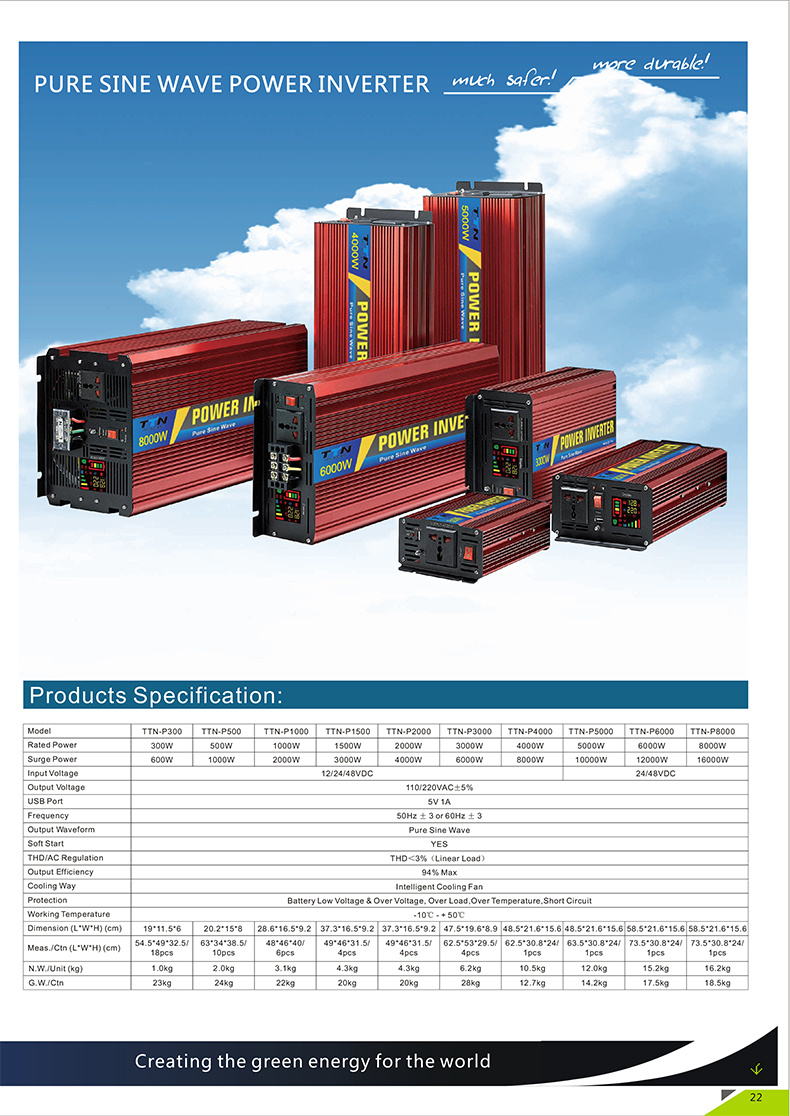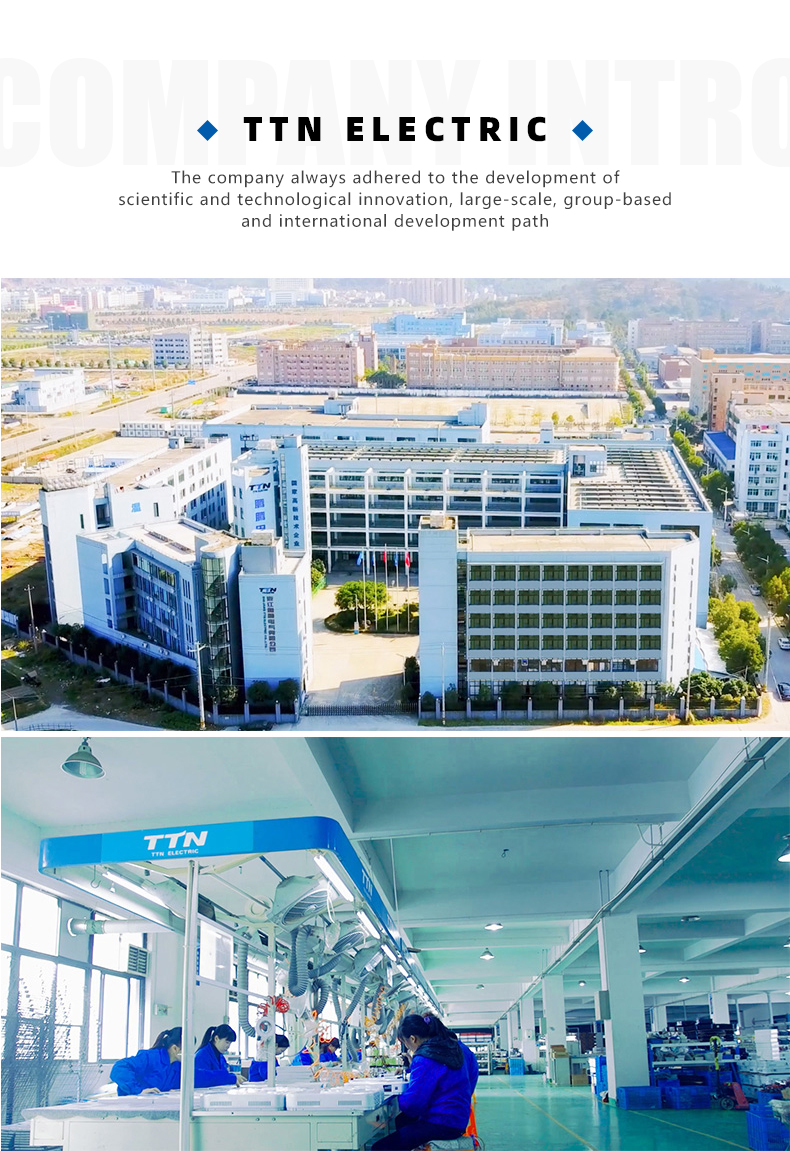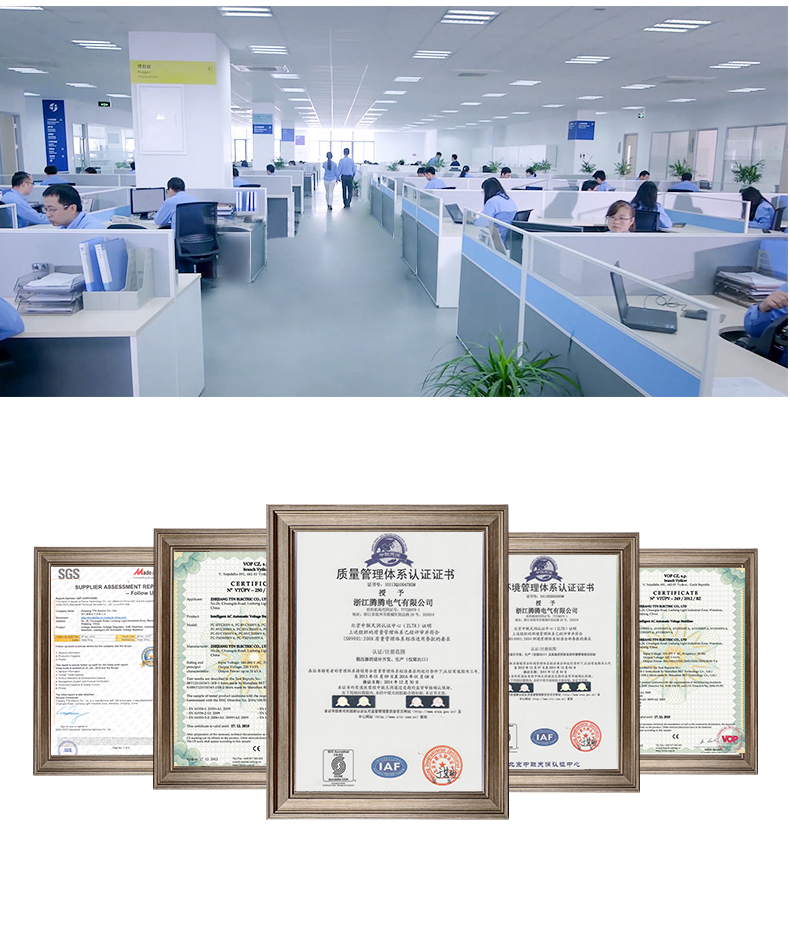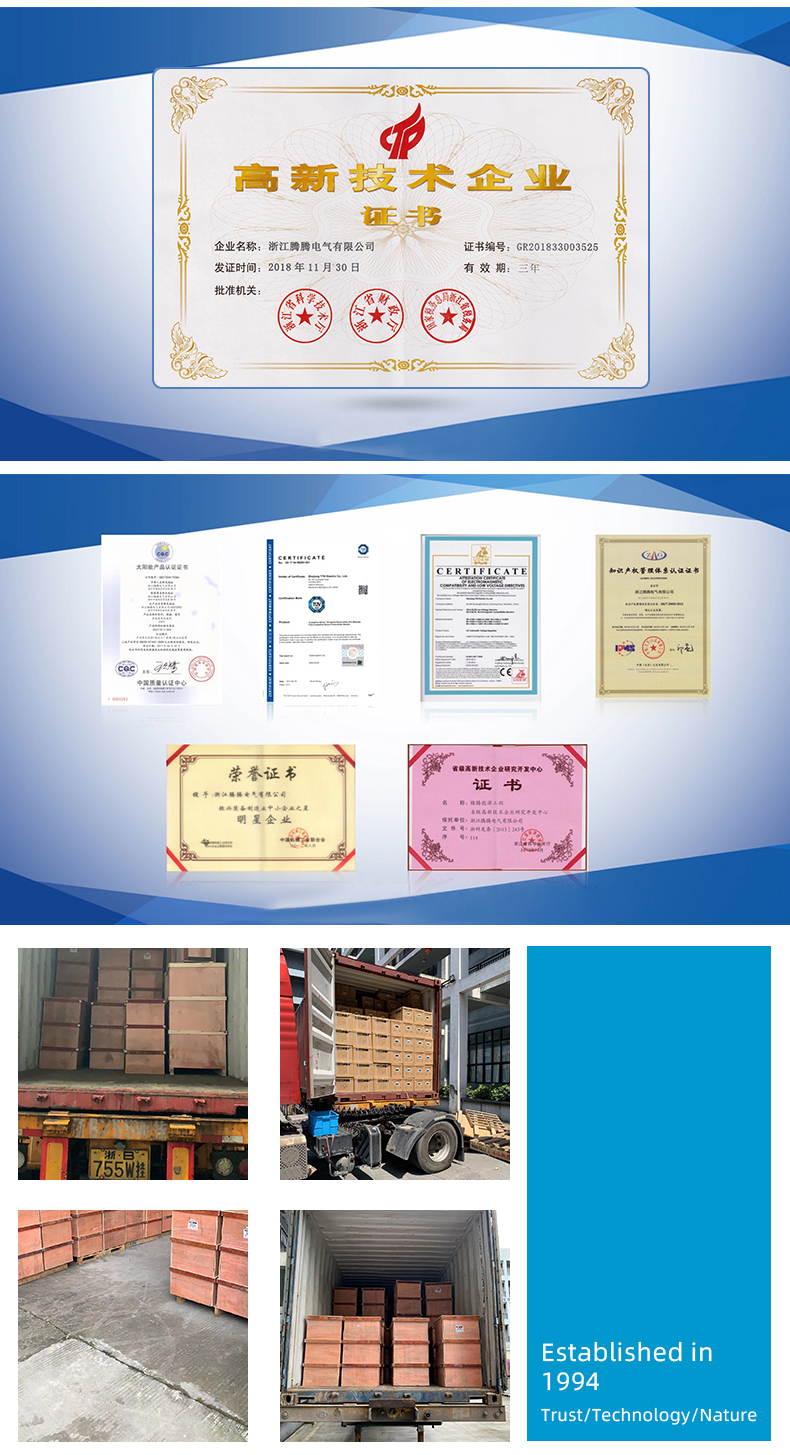PM-OLED technology
PM-OLED (Passive Matrix Organic Light-EmitTIng Diodes), with self-illumination, light weight, high response speed, wide viewing angle, low driving voltage, wide operating temperature range, etc., suitable for automotive displays and consumption of emphasis on volume and audio and video functions Sexual electronics. However, the lack of luminous efficiency, the inability of product life to compare with mainstream LCDs, and the immature mass production technology are all challenges that PM-OLED manufacturers need to overcome. This article will discuss the current state of development of PM-OLED technology.

Introduction Organic Light EmitTIng Diode (OLED), or Organic Electroluminescent Display (OELD), is a self-luminous display.
Depending on the organic film material used, the organic light-emitting diode can be divided into two categories: small molecule (molecular molecular weight less than 1,000) and high molecular weight (polymer; molecular weight greater than 10,000).
In addition, the classification of driving methods can be divided into passive matrix (Passive Matrix) and active matrix (AcTIve Matrix). The research scope of this paper is the development status of Passive Matrix Organic Light EmitTIng Diode (PM-OLED).
Commercialization process In 1997, Pioneer released a car audio equipped with a monochrome 256x64 monochrome PM-OLED panel. In 1999, Tohoku Pioneer successfully developed a full color of 5.2 inches, resolution of 320x240 pixels, and 256 colors. PM-OLED panel; 2000 Motorola mobile phone "Timeport" uses Tohoku Pioneer's 1.8-inch colorful (Area color) PM-OLED panel; in 2001 Samsung launched a mobile phone with full-color PM-OLED panel; 2002 Fujitsu mobile phone F505i The second screen is paired with Tohoku Pioneer's 1.0-inch full-color PM-OLED panel, and the use of PM-OLED in mobile phone secondary screens has since risen.
Below we will briefly discuss the current state of technology development of PM-OLED for the basic structure, operating principle, organic light-emitting materials and full-color display technology of PM-OLED.
Current status of PM-OLED technology development:
A typical PM-OLED consists of a glass substrate, an indium tin oxide (ITO) anode, an organic light emitting layer (Emitting Material Layer), and a cathode (Cathode), among which thin and transparent. The ITO anode and the metal cathode sandwich the organic light-emitting layer as a sandwich, and when a hole in which the voltage is injected into the anode and the electron from the cathode (Electron) are combined in the organic light-emitting layer, the organic material is excited to emit light.
In addition to the glass substrate, the yin and yang electrodes and the organic light-emitting layer, a hole injection layer (HIL) and a hole transport layer (Hole Inject Layer (HIL) and a hole transport layer) are required in addition to the glass substrate, the yin-yang electrode and the organic light-emitting layer. Hole Transport Layer; HTL), Electro Transport Layer (ETL) and Electron Inject Layer (EIL), and an insulating layer is required between each transport layer and the electrode, so Evaporate The processing difficulty is relatively high and the production process is complicated.
Since organic materials and metals are quite sensitive to oxygen and moisture, they must be packaged and protected after fabrication. Although the PM-OLED needs to be composed of several layers of organic thin films, the thickness of the organic thin film layer is only about 1,000 to 1,500 A (0.10 to 0.15 um), and the total thickness of the entire display panel (Panel) is less than 200 μm after encapsulation plus desiccant. (2mm), with the advantage of thinness.
Principle of Operation The principle of illumination of organic light-emitting diodes is similar to that of inorganic light-emitting diodes. When the component is subjected to a forward bias derived from direct current (DC), the applied voltage energy will drive the electron (Electron) and the hole (Hole) into the component from the cathode and the anode, respectively, when the two meet in conduction. Combined, the so-called Electro-Hole Capture is formed. When a chemical molecule is excited by external energy, if the electron spin (Electron Spin) and the ground state electron are paired, it is a singlet (Singlet), and the light released is so-called fluorescence (Fluorescence); The excited state electrons and the ground state electron spins are unpaired and parallel, which is called a triplet, and the light released is so-called Phosphorescence.
When the state of the electron is returned from the excited high energy level to the steady state low energy level, its energy will be emitted in the form of Light Emission or Heat Dissipation, respectively, wherein the photon portion can be utilized as a display function; However, the organic fluorescent material cannot observe the triplet phosphorescence at room temperature, so the theoretical limit of the luminous efficiency of the PM-OLED element is only 25%.
The principle of PM-OLED illumination is to use the material energy level difference to convert the released energy into photons, so we can choose the appropriate material as the light-emitting layer or doping the dye in the light-emitting layer to get the desired color of the light. In addition, the general combination of electrons and holes is in the tens of nanoseconds (ns), so the response speed of the PM-OLED is very fast.
The properties of organic materials of organic light-emitting materials deeply affect the photoelectric properties of the elements. In the choice of anode material, the material itself must have a high work function and opacity, so it has a high work function of 4.5eV-5.3eV, stable and transparent ITO transparent conductive film. It is widely used in anodes. In the cathode portion, in order to increase the luminous efficiency of the element, the injection of electrons and holes usually requires a low work function of Ag, Al, Ca, In, Li, and Mg, or a low work function composite metal. A cathode (for example, Mg-Ag magnesium silver) is produced.
Organic materials suitable for electron transfer are not necessarily suitable for transmitting holes, so the electron transport layer and the hole transport layer of the organic light-emitting diode must use different organic materials. At present, the materials most commonly used to make electron transport layers must have high film stability, thermal stability, and good electron transport properties. Fluorescent dye compounds are generally used. Such as Alq, Znq, Gaq, Bebq, Balq, DPVBi, ZnSPB, PBD, OXD, BBOT and the like. The material of the hole transport layer belongs to an aromatic amine fluorescent compound such as organic materials such as TPD and TDATA.
The material of the organic light-emitting layer must have strong fluorescence in the solid state, good carrier transmission performance, good thermal stability and chemical stability, high quantum efficiency and vacuum evaporation. Generally, the material of the organic light-emitting layer is usually used. The electron transport layer or the hole transport layer are made of the same material, for example, Alq is widely used for green light, and Balq and DPVBi are widely used for blue light.
P-OLED microdisplays will soon be commercialized and produced by Micr oEmissive Displays (MED), which will record the smallest P-OLED screens. It will launch the first consumer electronics products from Japan's digital camera factory NHJ this year, combined with recording and playback MP3. And high-resolution digital cameras, MED's ME3203 is a low-power 1/4 VGA resolution (3 20 x RGB x 240) P-OLED microdisplay (Microdis play) that will be used in new product electronic viewing windows and eyepieces on. It is understood that this new global product is designed and developed by a digital camera factory in Taiwan.
MED strategy chief Ian Underwood said that MED has been in business for five years, and is now mature and has a world-class unique technology level.
Prospects for PM-OLED OLED is a promising flat panel display technology with excellent display performance, especially self-illumination, simple structure, ultra-thin, fast response, wide viewing angle, low power consumption and achievable Features such as flexible display, known as "dream display", coupled with its production equipment investment is much smaller than TFT-LCD, has been favored by major display manufacturers, has become the main force of the third generation of display devices in the display technology field.
At present, OLED is on the eve of mass production. It is believed that with the further development of research and the emergence of new technologies, OLED display devices will have a breakthrough development.
Products Description :
TTN pure sine wave inverter offer superior quality true sine wave output, it is designed to operate popular power tools and sensitive loads. Connect TTN Smart-3000W pure sine wave inverter with battery terninals, then you can get AC power for your appliances, the AC output identical to, and in some cases better than the power supplied by your utility.
Products Features :
- Input & output fully insolated.
- High Surge: high surge current capability starts difficult loads such as TVs,camps,motors and other inductive loads.
- Grounding Protection: there is terminal in front panel, you can grouding the inverter.
- Soft start: smooth start-up of the appliances.
- Pure sine wave output waveform: clean power for sensitive loads.
- AC output identical to, and in some cases better than the power supplied by your utility.
- Cooling fan works automatically when inverter becomes too hot, it turns off automatically when the temperature is reduced.
- Low total harmonic distortion: below 3%.
- Two LED indicators on the front panel showthe working and failure state.




Pure Sine Wave Power Inverter,Pure Sine Wave Inverter,Sine Wave Inverter,Pure Sine Inverter
zhejiang ttn electric co.,ltd , https://www.ttnpower.com